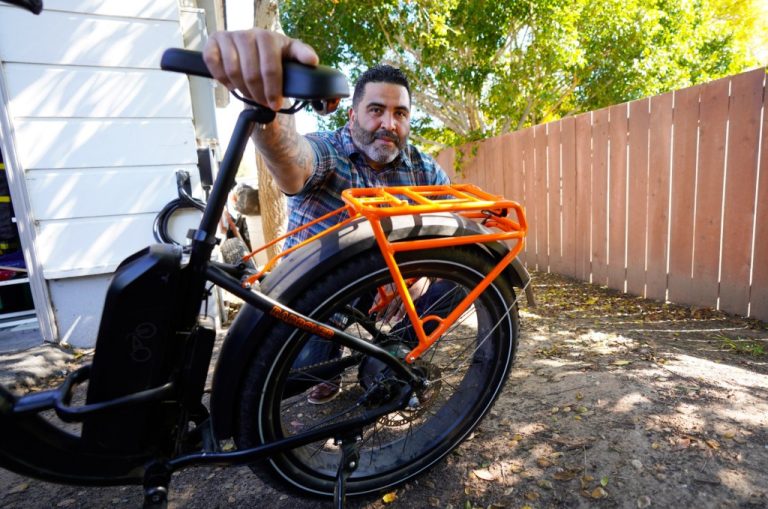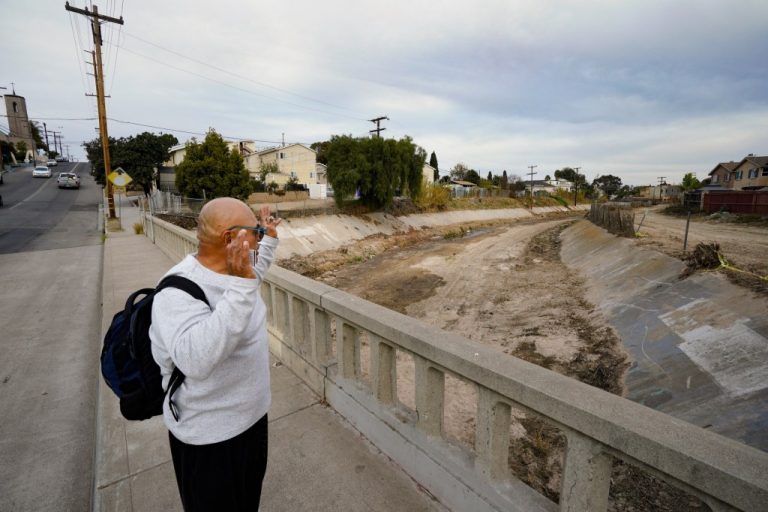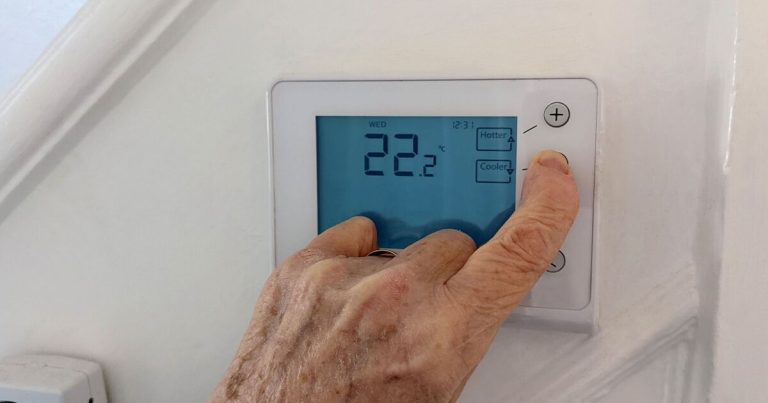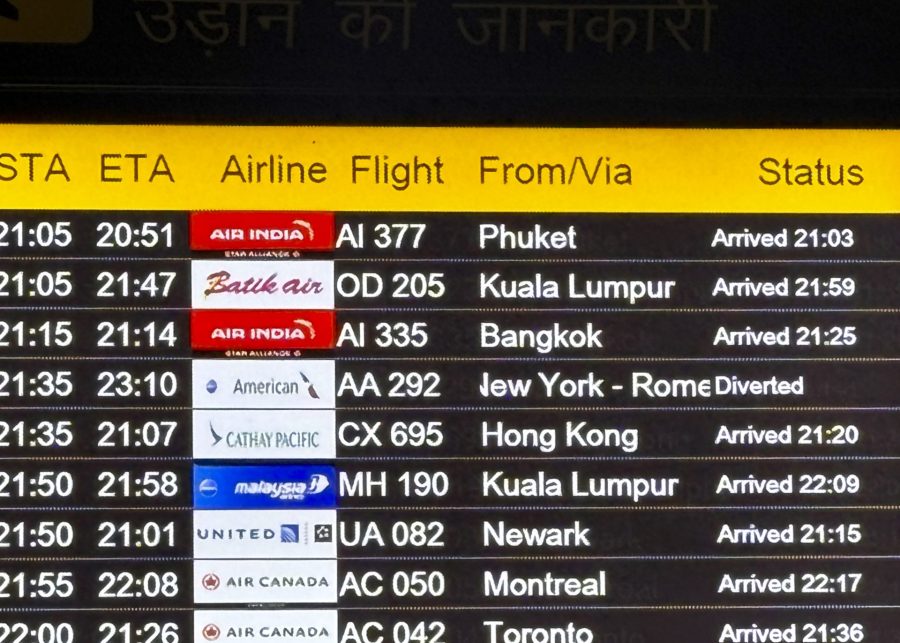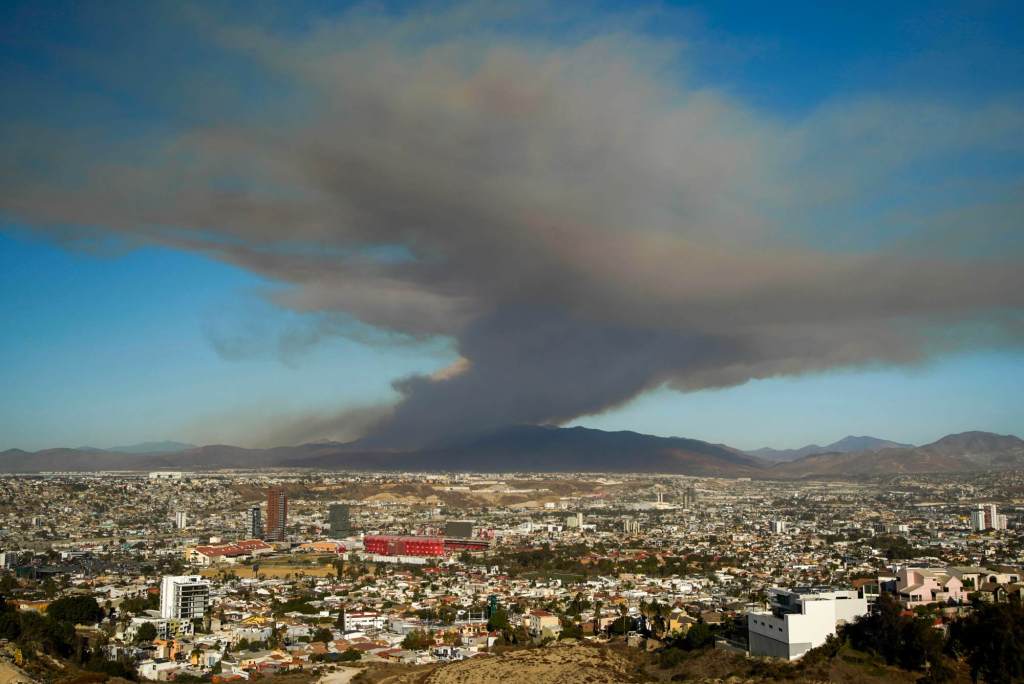

It was a small item, but an interesting juxtaposition for the times.
Cal Fire last week lifted a suspension on local permits for residential and agricultural burns, which can help with wildfire prevention and forest management.
This came just weeks after the devastating blazes in Los Angeles and a few close-call fires in San Diego County that caused little damage, but could have been much worse.
Cal Fire took the action because recent rain, humidity and cool weather lowered the wildfire threat to allow for authorized burns, as reported by Phil Diehl of The San Diego Union-Tribune. But that the suspension was in place this time of year — and it will return — was a reminder that fire season is year-round.
The weather conditions may have provided a temporary reprieve, but that didn’t slow down the familiar debate over whether to rebuild in burned-out areas and continue allowing new development — and much-needed housing — in high-risk fire areas. It seems to happen after every major wildfire.
Even before the Palisades fire was contained, Gov. Gavin Newsom signed an executive order suspending certain environmental laws, among other actions, to expedite rebuilding. He vowed to put together a “Marshall Plan” for post-fire reconstruction.
Whether people will want or are able to rebuild is another question. In some cases, the trauma of returning may be too much. Some fire victims have said they aren’t sure they can afford to go back to the generally high-priced Pacific Palisades and Altadena areas.
Experts say a lot of residents and businesses were underinsured or went without insurance, in some cases because of the pullback by insurance companies in high-risk fire areas. Ultimately, what happens with the shaky insurance industry could guide the future of development, perhaps as much as any government policy, or more so.
Six years after the Woolsey fire destroyed 465 single-family homes in Malibu, city officials said about 39 percent of those have been reconstructed, according to the Los Angeles Times: 183 have been completed, 192 are in planning or under construction and no plans have been submitted for 90 homes.
In addition to the aforementioned considerations about rebuilding, some residents who are moving ahead complained about bureaucratic delays, saying their plans have been kicked back, sometimes repeatedly, with demands for alterations.
For some time, the push to build more homes in an attempt to moderate the high cost of housing in California has conflicted with efforts to limit construction in certain areas over environmental and safety concerns, particularly regarding wildfires.
Years ago, a Republican-controlled San Diego County Board of Supervisors approved developments for thousands of homes on open land in high-risk fire areas. Some were blocked in court, with the support of state Attorney General Rob Bonta.
“California is on track for yet another record-breaking, climate-fueled wildfire season. As these mega-disasters become the norm, it is more critical than ever that we build responsibly . . . We can’t keep making the same mistakes,” Bonta said in 2021 after a judge blocked portions of a development in Chula Vista’s Otay Ranch.
Meanwhile, a Democratic shift on the board led to encouraging more construction in and around developed areas, closer to established transportation corridors.
The state at times has appeared conflicted on this. A bill was introduced in 2020 to put restrictions on developments in high-risk areas, requiring them to have proper evacuation routes and funding to clear vegetation. Newsom vetoed the measure, suggesting it could discourage needed housing, among other things.
In his veto message, the governor said “this bill creates inconsistencies, duplicates existing requirements, creates a loophole for regions to not comply with their housing requirements, fails to account for consequences that could increase sprawl and places significant cost burdens on the state.”
He also noted recent “state laws and policies are already directing housing to communities neartransit, jobs and urban centers and away from fire risk areas. . .”
Many of those decisions, however, are made at the local level. Some communities try to balance the need for housing and the threat of wildfire. Late last year, such action was taken in Altadena, an unincorporated area where the Eaton fire in January destroyed more than 9,400 homes and buildings and claimed 17 lives.
After considerable debate and some staunch opposition, the Los Angeles County Board of Supervisors approved a plan that will restrict construction in the high fire-risk foothills of Altadena and allow more density in the interior of the community.
Whenever this happens, property owners in areas targeted for down-zoning protest over potential land devaluation. In one case, a property owner in Altadena said his land that had been zoned for 52 homes was reduced to a maximum of two, according to KQED.
Statewide, Cal Fire is rolling out updated maps that are adding more “high” and “very high” risk hazard zones.
Still, a push to allow new development in such areas likely will continue.
A bill last year aimed to redo regional fire designations in the state, potentially allowing more building in higher risk regions. It’s unclear how much support there is for the concept. Senate Bill 610 was held in the Assembly.
Dan Dunmoyer, president of the California Building Industry Association, a trade group representing the state’s home builders, told Cal Matters in January that some of these areas can be developed safely with modern-day standards.
He said new homes built to current California code “are completely different from the homes in Altadena that were built in the ’20s and ’30s. We know that we can build master planned communities with hardened homes and hardened neighborhoods that don’t burn.”
That may be, but given the long history of devastating wildfires in the state, that’s going to be a tough sell.
What they said
Steven Greenhut (@StevenGreenhut), columnist and Union-Tribune alum, on Trump’s menacing of Canada.
“I have a friendly, helpful and quiet neighbor behind my house so I decided to berate his wife, insult his children and threaten to take over his property just for the heck of it.”



